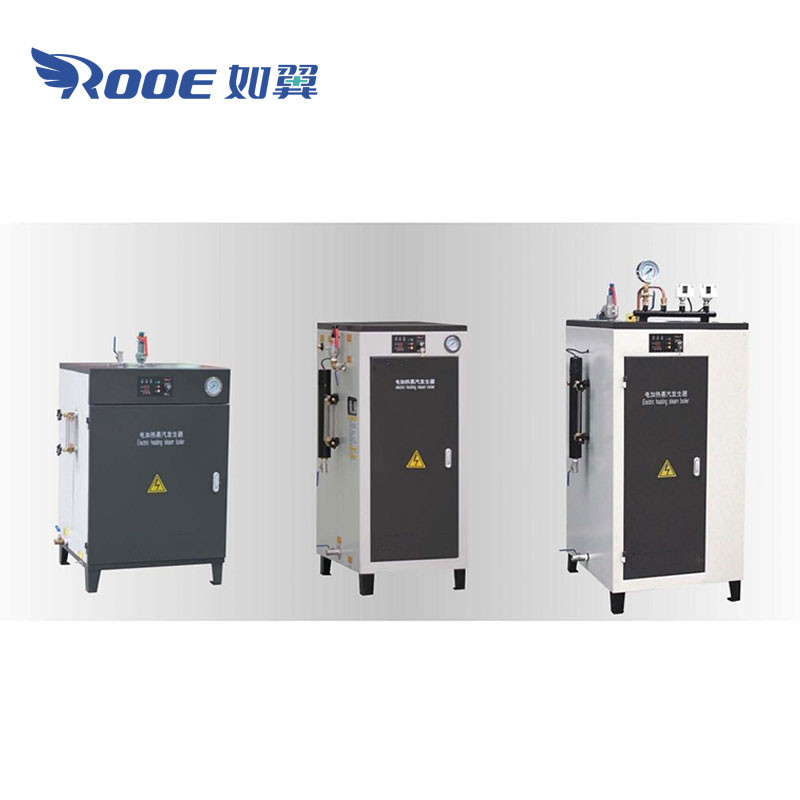Reinventing Temperature Control: The Advantages of Energized Vapor Force

In today's swiftly evolving energy landscape, the pursuit for effective and sustainable heating solutions has found center stage. Among vaporrey.com cutting-edge technologies emerging to meet this need, electric steam generators have begun to revolutionize the way industries and households together approach heating. These state-of-the-art devices not only boost performance but also contribute to significant energy savings and environmental benefits.
Electric steam generators utilize the power of electricity to create steam, offering a more efficient alternative to old-fashioned fossil fuel-based systems. With increased efficiency and minimized emissions, these generators are notable as a compelling choice for multiple applications, from food processing and manufacturing to residential heating. As we explore the key advantages of electric steam power, it becomes clear that this technology is poised to change how we think about energy consumption and heating solutions.
Grasping Electricity-based Vapor Generators
Electricity-driven vapor generators are equipment that change electrical power into steam vapor used for multiple uses, spanning including factory processes and warmth systems. In contrast to conventional oil fuel burners, these generators utilize electric thermal resistance or electrode technology to produce vapor successfully and in a sustainable manner. This shift to electricity-driven mechanisms has received momentum in many industries, encouraging sustainable energy usage and diminishing dependence of limited resources.
One of the main of key benefits for electricity-driven steam machines lies in their ability to respond rapidly for request changes. These machines can attain full working capacity within several time of moments, making these machines suitable in locations experiencing changing steam requirements. This rapid output capability improves working flexibility and can lead in increased efficiency for applications like food processing, medications, as well as hospital sanitization, in cases where exact control of steam production becomes crucial.
In addition, electric vapor machines have minimal upkeep relative to those natural gas fuel alternatives. This lack in the absence of fuel burning means fewer moving parts, which reduces wear and damage throughout time. This reliability results into lower operational expenses and less interruptions for fixes or upkeep, allowing organizations to operate efficiently while concentrate on its main functions without the interruptions often linked with traditional vapor generation methods. ### Benefits of Electric Steam Generation
Electric steam generators offer notable efficiency advantages over conventional steam generation systems. They use electricity as the key energy source, allowing for precise control over steam production. This results in diminished energy waste and reduced operational costs for businesses that use steam for their processes. The ability to rapidly adjust heating levels ensures that the steam generated meets the specific demands of the application, which is especially beneficial in industries where flexibility to changing conditions is vital.
Another significant benefit is the reduced environmental impact associated with electric steam generators. In contrast to fossil fuel-based systems, these generators generate no direct emissions during operation. This aspect not only assists to meet rigorous environmental regulations but also is attractive to companies looking to enhance their green initiatives. Additionally, the use of electricity can be more optimized by incorporating renewable energy sources, leading to a further reduction in the carbon footprint associated with steam production.
Electric steam generators are known for their space-saving design and ease of installation. Their more compact footprint makes them suitable for a variety of settings, including those with constrained space. Additionally, they often require fewer maintenance compared to conventional boilers, leading to lower downtime and maintenance costs. This reliability allows businesses to maintain reliable operations while benefiting from the simplicity of electric steam generation.
Uses in Modern Thermal Systems
Power-driven steam generators are progressively used in various current heating systems because of their efficiency and flexibility. One notable application is in business and industrial facilities, where they provide a dependable source of steam for procedures ranging from food production to sterilization in medical settings. The ability to generate steam on demand allows businesses to maintain precise control over their operations, boosting productivity and lowering waste.
In household applications, electric steam generators are gaining popularity as a cleaner and efficient heating solution. Homeowners are selecting electric steam systems for their capability to combine seamlessly with existing infrastructure, such as thermal units and subfloor heating. This adaptability not only improves comfort levels but also lowers the carbon footprint, aligning with the growing trend toward sustainable living.
Furthermore, electric steam generators are becoming crucial in renewable energy setups, notably in combination with solar-powered systems. By using solar energy to generate steam, these systems enhance energy efficiency and contribute to off-grid solutions. The ability to store energy in the form of steam allows for versatility in energy use, making electric steam generators a pivotal component in the advancement of contemporary heating technologies.

